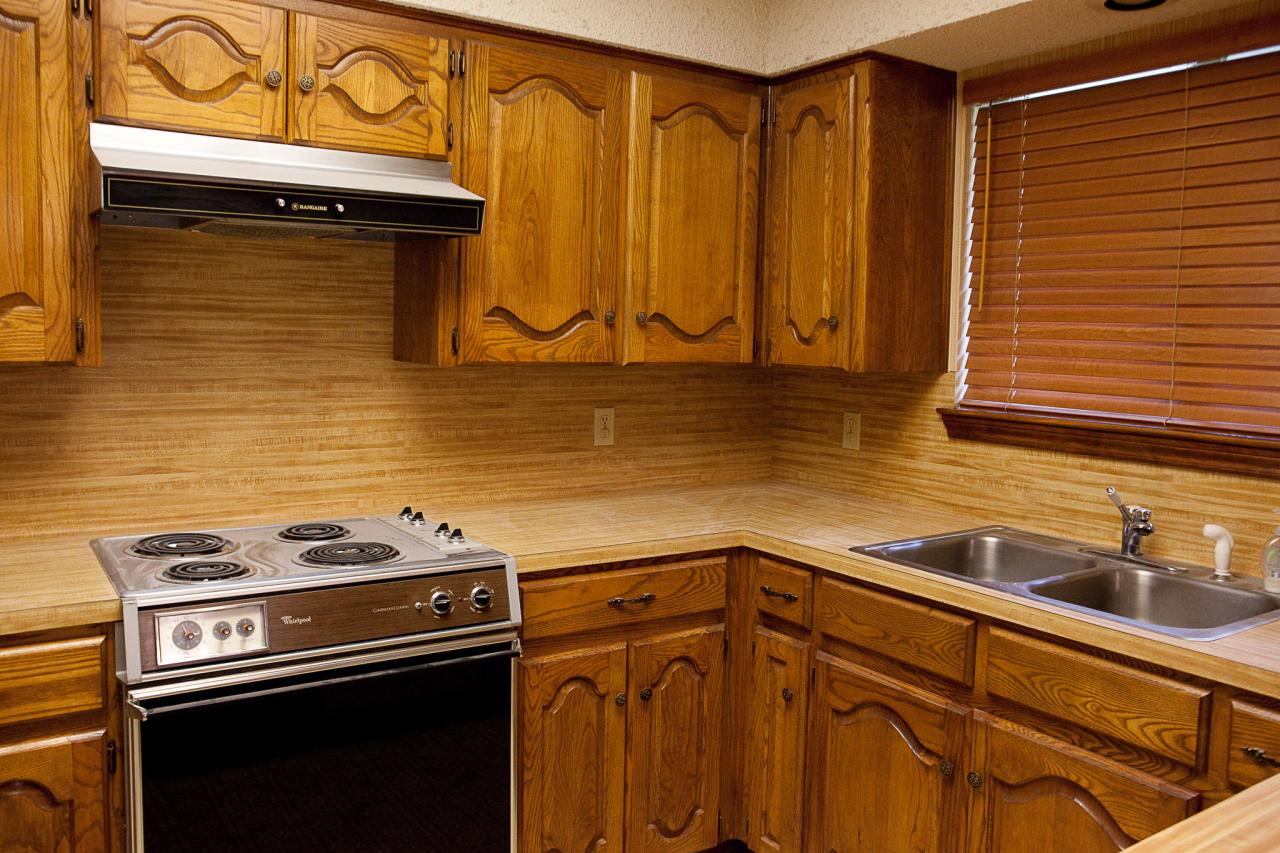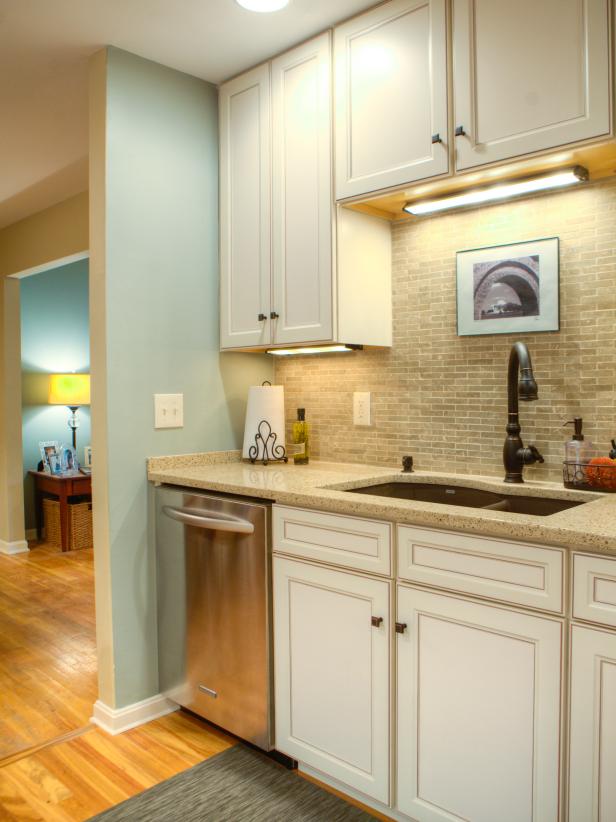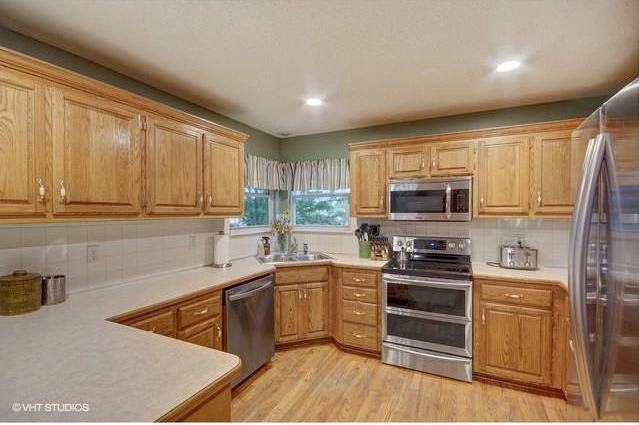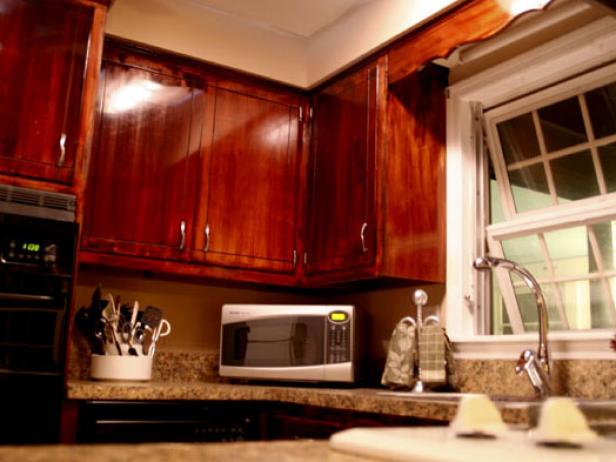A kitchen cabinet makeover is one of the most effective ways to transform the look and feel of your kitchen without undergoing a full renovation. Kitchen cabinets are a central element of the kitchen’s design, and updating them can breathe new life into the space, making it more modern, stylish, and functional. Whether you choose to repaint, reface, or completely replace your cabinets, a well-planned cabinet makeover can significantly enhance the overall aesthetic of your kitchen while also improving its usability.
One of the most popular methods for giving kitchen cabinets a fresh look is through painting or staining. This approach is particularly cost-effective, as it allows you to completely change the appearance of your cabinets without the expense of replacing them. Choosing the right color is crucial in this process. Lighter shades can make a small kitchen feel more spacious and airy, while darker tones can add depth and sophistication. If your cabinets are in good structural condition but look outdated, a fresh coat of paint or stain can give them a new lease on life, aligning them with current design trends or your taste.

Cabinet refacing is another popular option for a kitchen cabinet makeover. This process involves replacing the cabinet doors and drawer fronts while keeping the existing cabinet boxes intact. It’s an excellent option if you want to change the style of your cabinets without the hassle and expense of a full replacement. Refacing allows you to update the look of your cabinets with new materials, finishes, and hardware, giving them a completely new appearance. This option is ideal for homeowners who want to achieve a significant transformation without the disruption of a full kitchen renovation.
If your cabinets are outdated and structurally unsound, replacing them entirely might be the best option. While this is the most expensive and labor-intensive approach, it offers the most dramatic results. New cabinets can be customized to fit your exact needs, with options for improved storage solutions, better use of space, and enhanced durability. Modern cabinets come in a variety of styles, materials, and finishes, allowing you to create a kitchen that reflects your style and meets your functional requirements.

In addition to changing the appearance of your cabinets, a kitchen cabinet makeover can also include updating the hardware. New knobs, pulls, and handles can make a big difference in the overall look of your cabinets. Hardware comes in various styles, from sleek and modern to vintage and ornate, allowing you to create a cohesive look that complements your kitchen’s design. Swapping out old hardware for new, stylish pieces is a simple and affordable way to refresh your cabinets without extensive work.
Lighting is another important aspect of a kitchen cabinet makeover. Under-cabinet lighting can enhance the functionality of your kitchen by providing additional task lighting for food preparation. It can also highlight the beauty of your cabinets and create a warm, inviting ambiance in the kitchen. LED strip lights or puck lights are popular choices for under-cabinet lighting, as they are energy-efficient and easy to install. Additionally, interior cabinet lighting can be added to glass-front cabinets to showcase dishware or decorative items, adding a layer of sophistication to your kitchen.

The use of glass inserts in cabinet doors is another option for adding interest and openness to your kitchen. Glass-front cabinets can break up the monotony of solid doors and create a sense of depth and space. They also provide an opportunity to display your favorite dishes, glassware, or decorative items. For a more modern look, consider frosted or textured glass, which adds a contemporary touch while concealing the contents of the cabinets.
Open shelving is a trend that has gained popularity in recent years as part of kitchen cabinet makeovers. By removing some upper cabinet doors or replacing them with open shelves, you can create a more open and airy feel in your kitchen. Open shelving allows you to display attractive dishware, cookbooks, or decorative items, adding personality and style to the space. However, it’s important to keep in mind that open shelves require careful organization and regular cleaning to maintain a tidy appearance.
Adding crown molding or trim to the tops of your cabinets is another way to give them a more finished and custom look. Crown molding can add elegance and height to your cabinets, making them appear more substantial and integrated into the overall kitchen design. This simple addition can elevate the look of your cabinets, especially in traditional or transitional kitchens where attention to detail is key.

Another aspect to consider during a kitchen cabinet makeover is the interior organization. While the exterior appearance of your cabinets is important, the functionality of the interior is equally crucial. Installing pull-out shelves, lazy Susans, drawer dividers, and other organizational tools can greatly improve the usability of your kitchen. These features help maximize storage space, making it easier to access and organize your kitchen items, ultimately leading to a more efficient and enjoyable cooking experience.
If your kitchen lacks storage, consider adding additional cabinetry or extending existing cabinets to the ceiling. This can provide much-needed extra storage space and create a more streamlined and cohesive look. Ceiling-height cabinets not only offer more storage but also draw the eye upward, making the kitchen appear larger. They also eliminate the dust-collecting gap between the top of the cabinets and the ceiling, resulting in a cleaner and more polished appearance.
Incorporating a mix of textures and materials can add depth and interest to your kitchen cabinets. For example, combining wood cabinets with metal or glass accents can create a more dynamic and visually appealing design. Mixing materials allows you to highlight different elements of your kitchen and create a unique look that reflects your personal style. Whether it’s through the use of different cabinet finishes, hardware, or countertop materials, incorporating various textures can make your kitchen feel more layered and thoughtfully designed.

The choice of countertop material is another key element of a kitchen cabinet makeover. Your countertops should complement the style and color of your cabinets, creating a harmonious and cohesive look. Whether you choose granite, quartz, marble, or another material, the countertops can either contrast with or blend seamlessly with your cabinets. For a bold look, consider a contrasting countertop that stands out against your cabinets. Alternatively, a more subtle approach would be to select a countertop that matches or closely complements your cabinet color, creating a seamless and unified appearance.
Another way to enhance the look of your kitchen cabinets is by adding a backsplash. The backsplash serves as both a functional and decorative element, protecting the walls from splashes and spills while also contributing to the overall aesthetic of the kitchen. The backsplash can be coordinated with the cabinets and countertops to create a cohesive design. Whether you opt for classic subway tiles, bold patterned tiles, or a sleek glass or metal backsplash, this element can add color, texture, and visual interest to your kitchen.
Finally, a kitchen cabinet makeover is an excellent opportunity to personalize your space with unique design details. Consider adding decorative elements such as glass-front cabinets with mullions, beadboard panels, or custom cabinet feet to give your cabinets a one-of-a-kind look. These details can reflect your personal style and make your kitchen feel more customized and tailored to your tastes.
Common Mistakes to Avoid
When undertaking a kitchen cabinet makeover, several common mistakes can impact the final result. One of the most frequent errors is choosing a paint color or finish without considering the overall kitchen design and lighting. Cabinets take up a significant portion of visual space, so the color you choose will have a major impact on the kitchen’s ambiance. It’s important to test paint samples in different lighting conditions and ensure the color complements the rest of the kitchen elements, such as countertops, backsplash, and flooring.
Another mistake is neglecting to properly prepare the cabinets before painting or staining. Failing to clean, sand, and prime the cabinets can result in a poor finish that chips or peels over time. Proper preparation is key to achieving a durable and professional-looking finish. It’s essential to remove all grease, grime, and old finishes from the cabinets and to use high-quality primer and paint to ensure long-lasting results.
Homeowners sometimes overlook the importance of hiring professionals for certain aspects of the makeover, particularly when it comes to refacing or replacing cabinets. While DIY projects can be rewarding and cost-effective, certain tasks require the expertise of a professional to ensure a flawless outcome. For instance, improper installation of cabinet doors or hardware can lead to misalignment, gaps, or a crooked appearance, detracting from the overall look of the kitchen.

Another common pitfall is underestimating the time and effort required for a cabinet makeover. Whether you’re painting, refacing, or replacing cabinets, these projects can be time-consuming and labor-intensive. Rushing through the process or cutting corners can result in a less-than-satisfactory finish. It’s important to plan ahead, allocate enough time for each step of the project, and be patient to achieve the best results.
Failing to consider the functionality of the cabinets is another common mistake. While aesthetics are important, the practicality of your cabinets should not be overlooked. During a makeover, it’s an ideal time to assess your storage needs and incorporate features that will make your kitchen more functional. Skipping this step can result in a beautiful kitchen that doesn’t meet your everyday needs, leading to frustration and inconvenience.
Lastly, ignoring the importance of hardware and small details can diminish the overall impact of your kitchen cabinet makeover. Hardware is like the jewelry of your cabinets, and selecting the right style, finish, and placement is crucial to achieving a cohesive and polished look. Similarly, details like crown molding, trim, and lighting can elevate the design and make your kitchen feel more complete and well-thought-out.

How much does a kitchen cabinet makeover typically cost?
The cost of a kitchen cabinet makeover can vary widely depending on the extent of the project, the materials used, and whether you hire professionals or do it yourself. Painting or staining cabinets is generally the most affordable option, with costs typically ranging from a few hundred to a couple of thousand dollars. Cabinet refacing, which involves replacing the doors and drawer fronts, can cost between $4,000 and $10,000, depending on the materials and complexity. Full cabinet replacement is the most expensive option, often costing $10,000 or more. However, the investment can significantly increase the value of your home.
How long does a kitchen cabinet makeover take?
The duration of a kitchen cabinet makeover depends on the scope of the project. Painting or staining cabinets typically takes a few days to a week, depending on the drying time between coats. Refacing cabinets can take one to two weeks, depending on the size of the kitchen and the availability of materials. A full cabinet replacement is the most time-consuming, often taking several weeks from start to finish, including demolition, installation, and finishing touches. It’s important to plan accordingly and allow extra time for unexpected delays.
Is it better to paint or reface my kitchen cabinets?
The decision to paint or reface your kitchen cabinets depends on the condition of the cabinets and your budget. If your cabinets are in good structural condition but look outdated, painting can be a cost-effective way to refresh them. However, if you want to change the style of your cabinets or if the doors and drawer fronts are damaged, refacing may be a better option. Refacing allows you to update the look of your cabinets with new materials and finishes without the need for a full replacement.

Can I reface my cabinets myself, or should I hire a professional?
While it’s possible to reface cabinets as a DIY project, it can be challenging and requires a certain level of skill and experience. The process involves precise measurements, cutting and fitting new doors and drawer fronts, and installing hardware. If you’re confident in your abilities and have the necessary tools, you can attempt to reface your cabinets yourself. However, for the best results, especially in a high-traffic area like the kitchen, it’s recommended to hire a professional who can ensure a flawless finish.
What type of paint should I use for kitchen cabinets?
When painting kitchen cabinets, it’s important to use a high-quality paint that is durable and easy to clean. Oil-based paints were traditionally used for cabinets due to their durability, but they have largely been replaced by water-based acrylic and latex paints, which are easier to work with and have less odor. Look for a paint specifically formulated for cabinetry, which will provide a smooth, hard finish that can withstand the wear and tear of a busy kitchen. It’s also important to use a primer designed for the type of surface you’re painting to ensure proper adhesion and durability.
How can I make my small kitchen look bigger with a cabinet makeover?
To make a small kitchen look bigger, consider using lighter colors for your cabinets, as they can make the space feel more open and airy. Glossy finishes can also reflect light, creating the illusion of a larger space. Additionally, opting for glass-front cabinets or open shelving can break up the solid mass of cabinetry and add depth to the kitchen. Finally, consider extending your cabinets to the ceiling to draw the eye upward and create the impression of height. Good lighting, both natural and artificial, can also enhance the sense of space in a small kitchen.

Our Kitchen Cabinet Makeover

Remodelaholic Decorating With Black: 13 Ways To Use Dark Colors In Your Home

Related Posts:
- Redoing Kitchen Cabinets Yourself
- Washed Oak Kitchen Cabinets
- Lily Ann Kitchen Cabinets
- Prefabricated Outdoor Kitchen Cabinets
- Save Wood Kitchen Cabinet Refinishers
- Low VOC Kitchen Cabinets
- Brookfield Kitchen Cabinets
- Where To Buy New Kitchen Cabinet Doors
- How Much Do Kitchen Cabinet Doors Cost
- Greasy Kitchen Cabinets